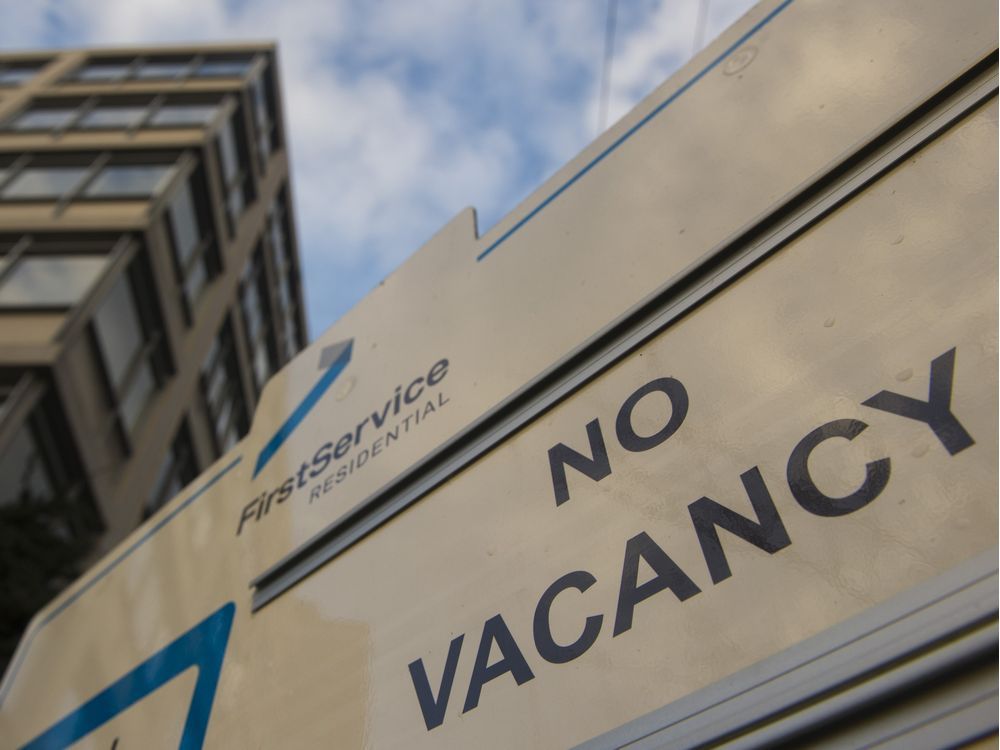Opinion: New rental zoning tool may hurt the people it seeks to help

Credit to Author: Hardip Johal| Date: Sat, 14 Dec 2019 02:00:35 +0000
Looking for a suite to rent in Metro Vancouver is a tough task with a one-per-cent vacancy rate. Unfortunately, a new provincial policy may make your search a lot tougher. Although it may seem hard to believe, one of the well-intentioned solutions to our housing crisis may end up hurting the very people it seeks to help.
For example, if you are hoping to see renovations done to your aging rental building, or have units open up in a new building down the street, this policy may prevent that from happening any time soon.
It’s all because of a new zoning tool the B.C. government has given municipalities. Its name sounds innocuous — Residential Rental Tenure Zoning (RRTZ) — but its impact on lives can be significant.
If you have never heard of it, rest assured you are not alone. This is a first for North America, adopted last year by the provincial government without any significant public discussion or guidelines on how it could be used to improve rental supply. A handful of municipalities have chosen to use it with little consultation — and that’s where the fireworks have been.
The new policy allows municipalities to zone buildings, sites and areas of communities as exclusively rental. The goal is to encourage rental suites, but the effect can be quite different.
In some municipalities, the new zoning policy has significantly devalued properties, thus reducing the ability of landlords to create new homes or renovate older ones. These are the unintended consequences of a policy with little thought or research behind it.
Some have viewed this tool as the solution to affordability, but RRTZ is not a silver bullet that will solve this housing crisis. This policy has been used to retain the rental buildings that we have today, but many of these apartments are showing their age. By limiting the ability to redevelop older rental apartments, we risk turning our neighbourhoods into a cluster of aging and deteriorating walk-ups, which will do very little to provide options for the thousands of new residents moving to our region every year. We have to look beyond the current context and think about what our communities will look like in 10, 20, or even 30 years. If we don’t start creating more home choices today, we will only increase the affordability challenges of tomorrow.
Despite stumbling out of the gate, RRTZ could still be used to support new rental homes in our province — if used effectively.
That’s why the report entitled Making Rental a Reality was published this week by the Partners for Rental Housing. The report provides possible solutions and recommendations for governments on using RRTZ to create more rental homes. We are asking the province to give better guidance and monitor the use of this tool to determine whether it has increased the number of rental homes in communities across B.C.
Used effectively, this tool could result in new rental buildings near transit or around commercial centres, allowing people to live, work and play in the same community. RRTZ could be the catalyst to provide modern, resilient, and more energy efficient rental homes for many new residents in the future.
In a province growing as fast as this one, with more than 40,000 new people expected this year in Metro Vancouver alone, we must rapidly increase the number of homes we have. As a starting point, we must learn to best use the tools we have, then offer proven incentives to encourage the construction of more diverse home choices for all budgets. We need to make rentals a reality.